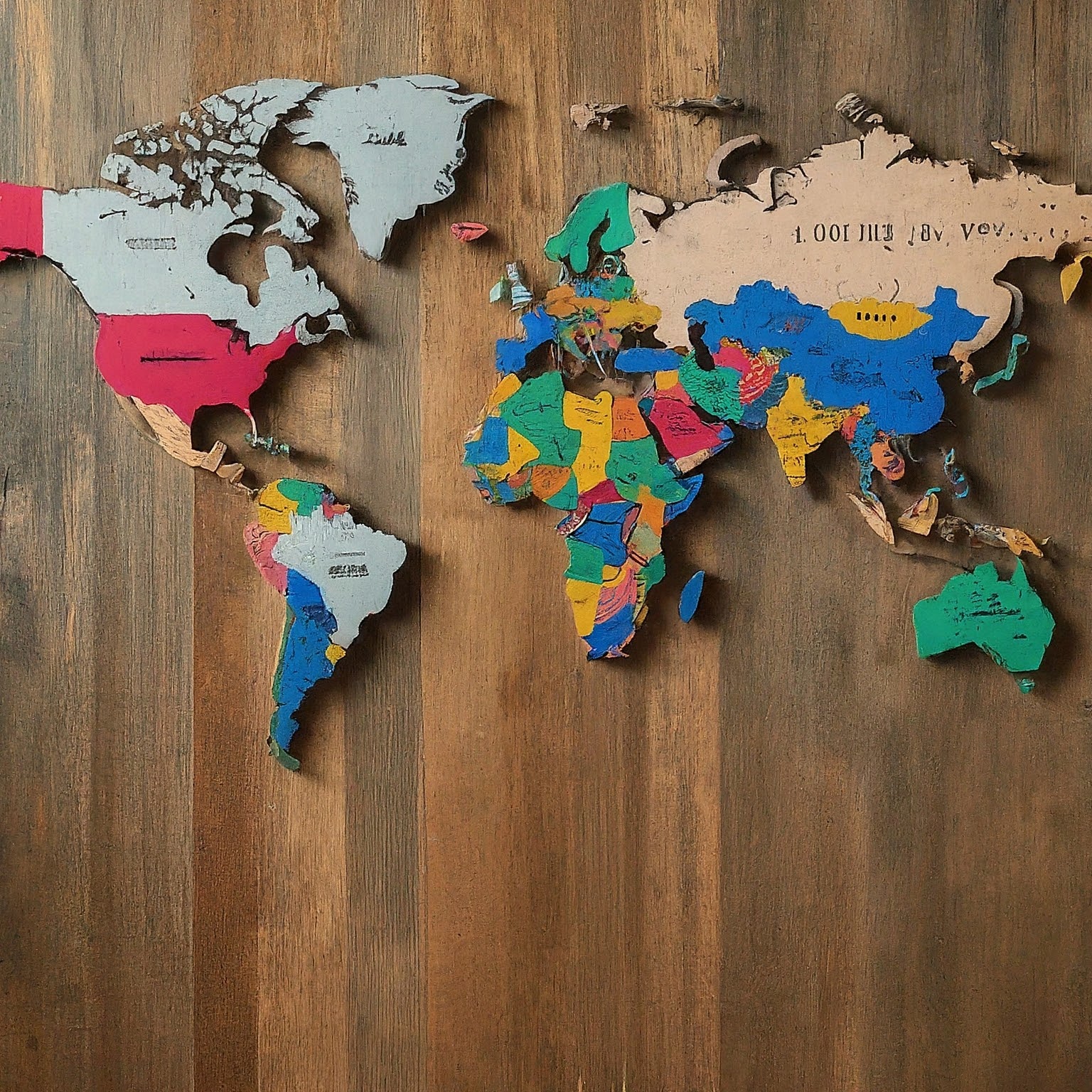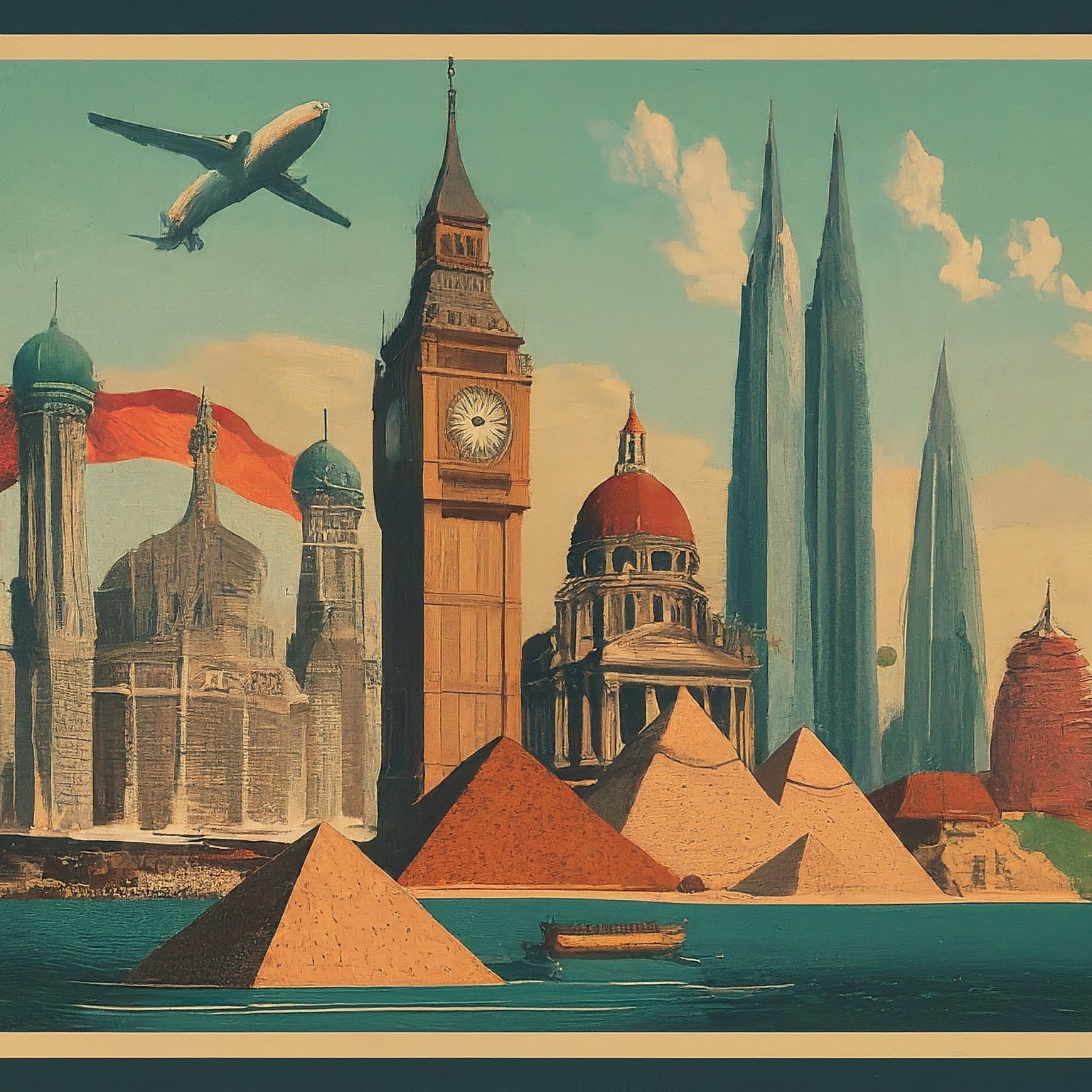In our increasingly interconnected world, navigating the international landscape requires a basic understanding of countries and their short codes. These standardized codes serve as a universal language for identifying nations across various contexts, from international trade and travel to internet domains and telecommunication. This comprehensive guide delves into the world of country codes, equipping you with the knowledge to decipher these cryptic abbreviations.

Unveiling the Alphabet Soup: Types of Country Codes
There are three primary types of country codes, each serving a distinct purpose:
ISO 3166 Codes: Developed by the International Organization for Standardization (ISO), these codes represent the most widely used system for identifying countries. They come in three formats:
ISO 3166-1 alpha-2: This two-letter code is the most familiar, forming the basis for country code top-level domains (ccTLDs) on the internet. Examples include US for the United States, FR for France, and JP for Japan.
ISO 3166-1 alpha-3: This three-letter code offers a more descriptive alternative to the alpha-2 format. Examples include USA for the United States, FRA for France, and JPN for Japan.
ISO 3166-1 numeric: This three-digit code provides a script-independent way to identify countries, particularly useful for systems that don’t use the Latin alphabet. Examples include 840 for the United States, 250 for France, and 392 for Japan.
UN M49 Codes: Established by the United Nations Statistics Division (UNSD), these three-digit numeric codes primarily serve for statistical purposes within the UN system. While less commonly used than ISO codes, they occasionally appear in international trade and economic data.
E.164 Codes: These are the country calling codes used in international telephony. Prepended to a phone number, they allow calls to be routed to the correct country. For instance, the E.164 code for the United States is +1, for France it’s +33, and for Japan it’s +81.
It’s important to note that these coding systems are not interchangeable. The appropriate code type depends on the specific context. For instance, you’d use an ISO alpha-2 code for a website domain (e.g., .de for Germany), a UN M49 code for UN trade statistics, and an E.164 code for making an international call.

A Global Rolodex: Exploring Country Codes by Region
Knowing the different types of codes is just the first step. Let’s embark on a journey across continents, exploring some commonly encountered country codes:
Africa:
ISO alpha-2: EG (Egypt), ZA (South Africa), NG (Nigeria)
UN M49: 620 (Egypt), 710 (South Africa), 630 (Nigeria)
E.164: +20 (Egypt), +27 (South Africa), +234 (Nigeria)
Americas:
ISO alpha-2: CA (Canada), MX (Mexico), BR (Brazil)
UN M49: 001 (Canada), 484 (Mexico), 036 (Brazil)
E.164: +1 (Canada, United States), +52 (Mexico), +55 (Brazil)
Asia:
ISO alpha-2: CN (China), IN (India), JP (Japan)
UN M49: 420 (China), 356 (India), 392 (Japan)
E.164: +86 (China), +91 (India), +81 (Japan)
Europe:
ISO alpha-2: GB (United Kingdom), FR (France), DE (Germany)
UN M49: 276 (United Kingdom), 250 (France), 276 (Germany)
E.164: +44 (United Kingdom), +33 (France), +49 (Germany)
Oceania:
ISO alpha-2: AU (Australia), NZ (New Zealand), PG (Papua New Guinea)
UN M49: 036 (Australia), 554 (New Zealand), 538 (Papua New Guinea)
E.164: +61 (Australia), +64 (New Zealand), +675 (Papua New Guinea)